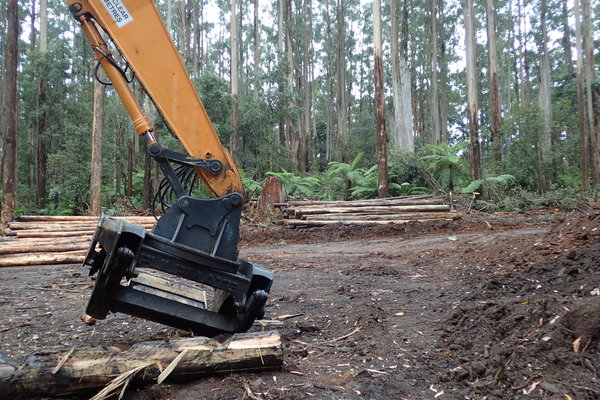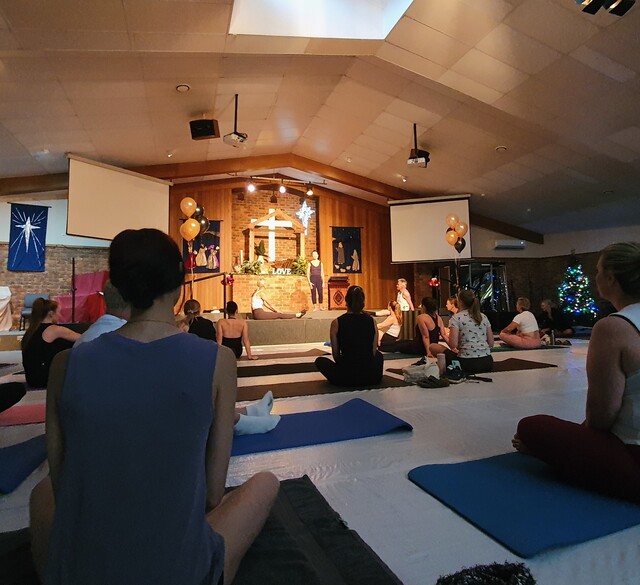A new timber plan will provide certainty for the industry this year but a long-term solution is still to come, according to the State Government.
Agriculture and Regional Development Minister Jaclyn Symes announced an updated allocation order allowing VicForests to release the Timber Release Plan (TRP) amendment on Wednesday 24 April.
She said the long-term solution would balance job protection with conservation and a boost in plantation timber use.
VicForests CEO Nathan Trushell said the TRP provided detail on which coupes would potentially be harvested, subject to forest protection surveys, operational assessment and stakeholder consultation.
“The release of the allocation order and TRP amendments are vital components to VicForests’ planning and operations processes,” he said.
Mr Trushell said announcement would give more certainty to the forestry industry and communities throughout Victoria.
But the Victorian Association of Forest Industries said the TRP and allocation order were nine months late.
“That’s nine months that contractors, saw millers and workers in the native timber industry have endured frustration and been subjected to extreme personal and financial pressures,” a statement said.
“The new allocation order reduces the total harvestable area in state forests by 5000 hectares.
“This raises questions about VicForests’ ability to meet its existing contracts.
“Further reductions in timber supply from state forests only serves to undermine already vulnerable businesses.”
The State Government also announced a new $110 million plantation program across Gippsland from this winter, including hundreds of hectares of crown land in the Latrobe Valley.
These sites will start being planted this winter with further plantations planned for the winter planting season in 2020.
One of the reasons behind the TRP delay was believed to be the increase in sightings of the critically endangered Leadbeater’s possum.
Environment groups had pressured the State Government to halt or phase-out logging operations in the region due to threats to the marsupial species, which is considered highly susceptible to the impacts of bushfire and only inhabit Victoria’s Central Highlands.
According to VicForests, the known population of the Leadbeater’s possum increased from 153 in 2014 to 688 late last year.
This prompted the Victorian Association of Forest Industries to call on the State Government to ‘undertake immediate extended surveys’ and claim the possum was more resilient than first thought.
A 200 metre logging buffer currently applies to areas where a Leadbeater’s possum sighting is recorded.
But Friends of the Leadbeater’s possum president Steve Meacher said the VicForests figure was more representative of increased survey effort and the introduction of more effective techniques in sighting the animals, such as the use of motion sensor cameras.







